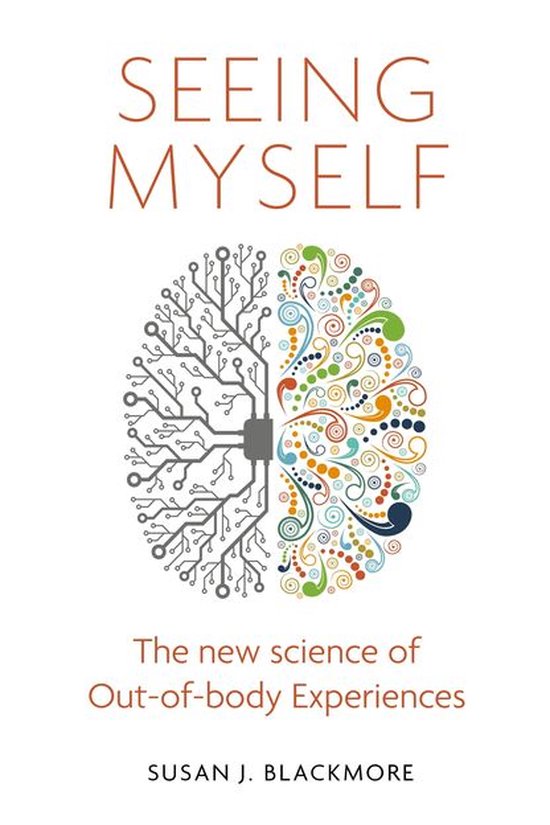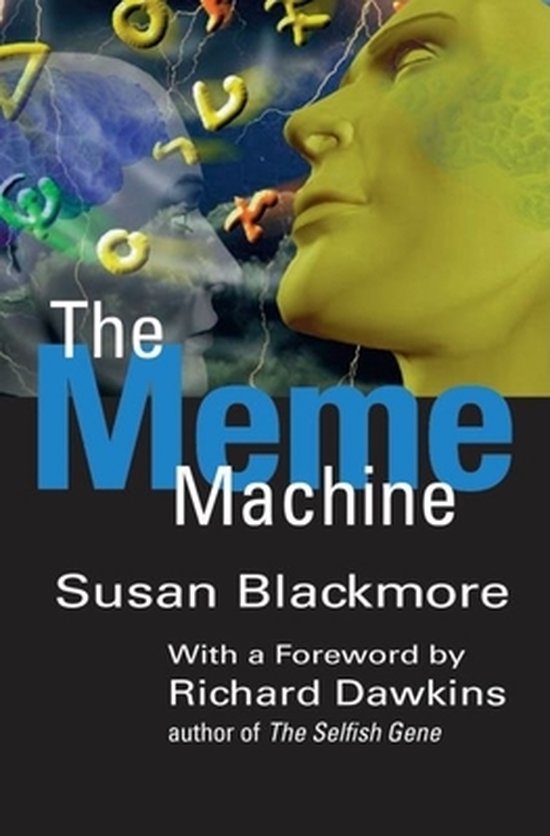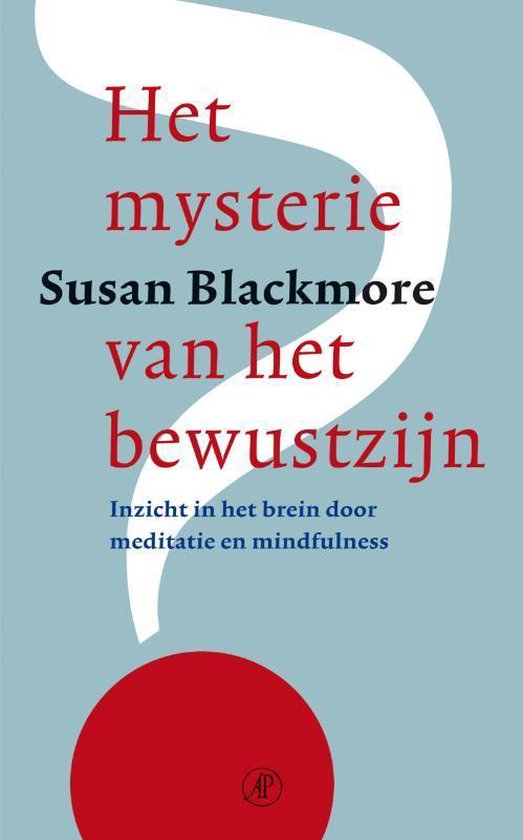Seeing myself what outofbody experiences tell us about life death and the mind

2 - 3 weken
A new popular psychology title exploring the science behind out-of-body & tunnel experiences (OBEs) from astral projection to near death experiences from a renowned psychologist in the field of consciousness.
'An excellent and contemporary overview of these fascinating experiences in human consciousness' - Dr Jason J Braithwaite, Reader in Brain Science, University of Lancaster
As an impressionable young student, Susan Blackmore had an intense, dramatic and life-changing experience, seeming to leave her body and travel the world. With no rational explanation for her out-of-body experience (OBE) she turned to astral projection and the paranormal, but soon despaired of finding answers. Decades later, a Swiss neurosurgeon accidentally discovered the spot in the brain that can induce OBEs and everything changed in our understanding of them. Seeing Myself describes Blackmore's long quest for answers through spirituality, religion, drugs, meditation, philosophy and neuroscience.
Anyone can have an out-of-body or near-death experience, indeed 15 per cent of us have. Even more have experienced sleep paralysis, lucid dreaming and the creepy sense of an invisible presence. At last, with the advent of brain stimulation, fMRI scanning and virtual reality, all these phenomena are beginning to make sense. Long relegated to the very fringes of research, the new science of out-of-body experiences is now contributing to our understanding of consciousness, the idea of an afterlife and the nature of our very selves.
Susan J. Blackmore is a distinguished and influential psychologist, known for her best-selling books exploring consciousness, memetics, evolution and spirituality. She is a visiting professor at the University of Plymouth and a freelance writer, giving lectures all over the world both at academic conferences and to the public.
Essential reading for anyone seeking to understand their own mind and to find a spiritual path that is compatible with science
As an impressionable young student, Susan Blackmore had an intense, dramatic and life-changing experience, seeming to leave her body and travel the world. With no rational explanation for her out-of-body experience (OBE) she turned to astral projection and the paranormal, but soon despaired of finding answers. Decades later, a Swiss neurosurgeon accidentally discovered the spot in the brain that can induce OBEs and everything changed; this crucial spot is part of the brain's self-system and when disturbed so is our experience of self. Blackmore leaped back into OBE research and at last began to unravel what had happened to her. Seeing Myself describes her long quest for answers through spirituality, religion, drugs, meditation, philosophy and neuroscience.
Anyone can have an OBE, indeed 15 per cent of us have. Even more have experienced sleep paralysis, lucid dreaming and the creepy sense of an invisible presence. At last, with the advent of brain stimulation, fMRI scanning and virtual reality, all these phenomena are beginning to make sense. Long relegated to the very fringes of research, the new science of out-of-body experiences is now contributing to our understanding of consciousness and our very selves.
- 1 Bekijk alle specificaties



Taal: en
Bindwijze: Paperback
Oorspronkelijke releasedatum: 17 september 2020
Aantal pagina's: 368
Illustraties: Nee
Hoofdauteur: Susan Blackmore
Hoofduitgeverij: Robinson
Product breedte: 126 mm
Product hoogte: 24 mm
Product lengte: 196 mm
Studieboek: Nee
Verpakking breedte: 116 mm
Verpakking hoogte: 28 mm
Verpakking lengte: 188 mm
Verpakkingsgewicht: 508 g
EAN: 9781472137371